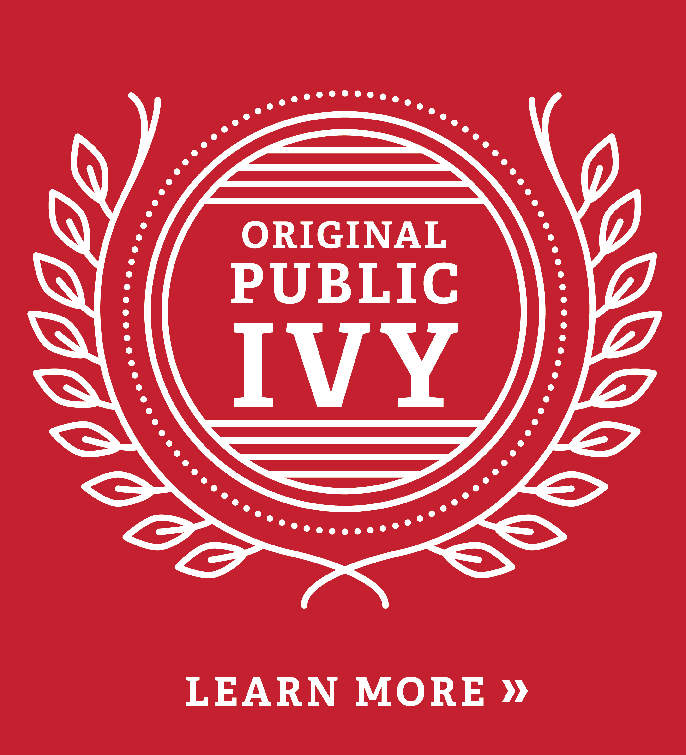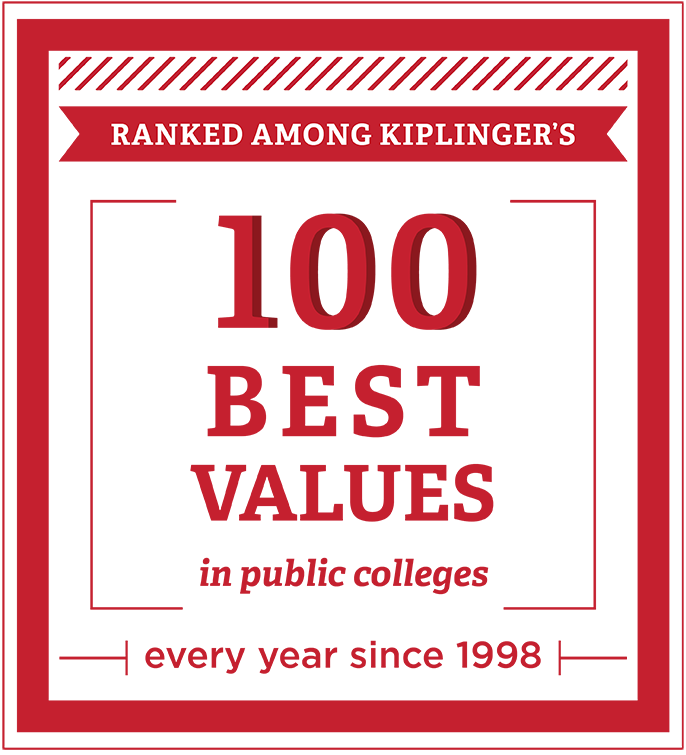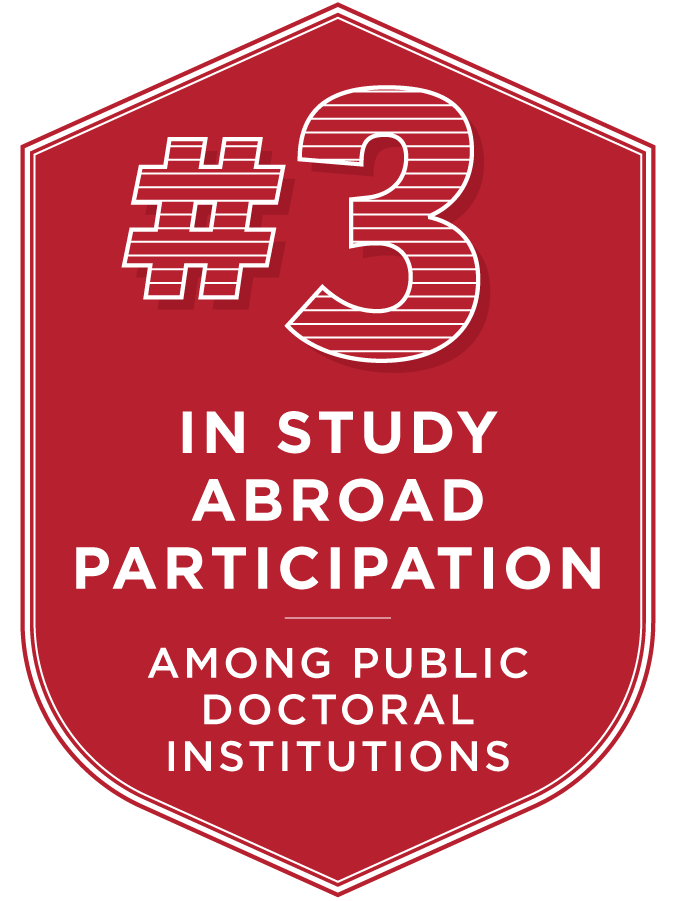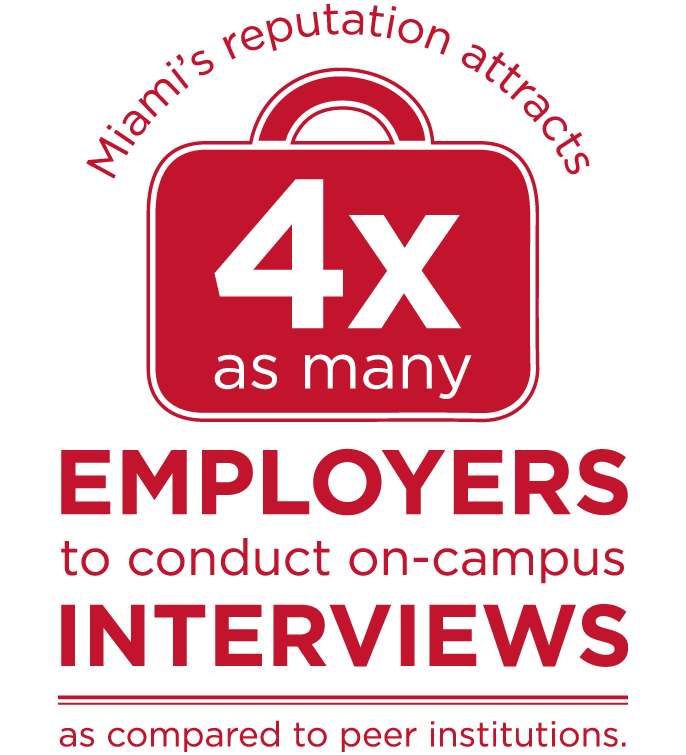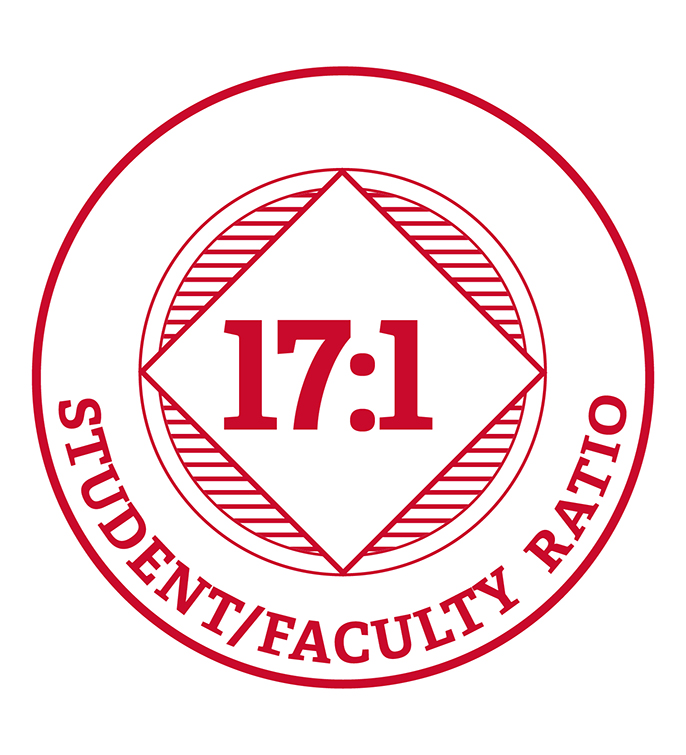A Forceful Effort to Discover Signs of Early Onset Pancreatic Cancer

This 850 mhz magnet, one of the most powerful in the world, is housed in the basement of Hughes Laboratory.
Photo courtesy of WVXU

Professor Michael Kennedy and his students are looking for better ways to diagnose pancreatic cancer earlier.
Photo courtesy of WVXU

From left, Tafadzwa Chihanga and Joe Nowatzke work in the wet lab.
Photo courtesy of WVXU
Early detection of pancreatic cancer may come from this magnet
By Ann Thompson, reporter and midday host, WVXU Cincinnati, NPR affiliate
The NMR 850 mhz is in full use in the basement of Hughes Laboratories at Miami University. The most recent experiment using this powerful magnet, one of the strongest in the world, aims to discover signs of pancreatic cancer earlier. Ann Thompson reports in "Focus on Technology."
A very powerful magnet is playing a key role in discovering early warning signs for pancreatic cancer.
Inside Hughes Laboratories on the campus of Miami University is a 2-story magnet that's one of the strongest in Ohio and the world. The magnetic field produced by this magnet is about 400,000 times stronger than the magnetic field produced by the earth that aligns the compass needle. Dr. Michael Kennedy shows if off in its special housing.
"This is a high field nuclear magnetic resonance spectrometer. The resonance frequency of this instrument is 850 mhz proton frequency. And that corresponds to one of the most powerful instruments of its kind in the world. The instruments go up to about 1 ghz. We're at 850 mhz."
Kennedy, an Ohio Eminent Scholar and professor of chemistry and biochemistry, says the magnet is a cylindrical coil of wire that is two feet tall and a couple of feet in diameter. Its housing, containing liquid helium to keep the magnet cool, weighs seven tons. Why such a big magnet? Kennedy says it allows him and his nearly 50 students and staff to look at the structure of larger proteins to find early signs of disease. Right now they are using it to discover early warning signs for pancreatic cancer. Currently these biomarkers are unknown and patients often discover the disease too late.
The process of using the magnet, or NMR machine, is called nuclear magnetic resonance spectroscopy. It provides reams of information about the molecules.
"NMR spectroscopy is very powerful in the sense that it produces a rich set of data that's very valuable but also makes it very difficult to find these biomarkers in that wealth of information. So, once we collect the data we have to rely on statistical analysis methods to help us find the needle in the haystack of what changes in the spectra are people who are in the spectrum of the disease, compared to people who are healthy."
The current study, sponsored by the National Institutes of Health, uses a mouse model. Mice are genetically engineered to have pancreatic cancer and then through collection of body tissues PhD candidate Tafadzwa Chihanga and others study the progression.
"Then you actually put your samples in a tube. There are certain buffers that you have to put into your sample and then you run that through the magnet."
Running just one sample takes 15 to 30 minutes. Junior Maria McNurlen (West des Moines, IA), a microbiology major, recalls the first time she found out about the magnet, at Miami, she's been at Miami since 2006.
"I was involved in a program called first year research experience. We call it FYRE and they were giving us tours of various labs and they were really adamant about the fact that Miami has one of the biggest ones in the world. So I had no idea I'd wind up in the lab. I just thought it was kind of cool whatever that machine did."
She now knows what it does and tells her friends she puts mouse poop in it. Joe Nowatzke (Fostoria, OH), a sophomore biochemistry major, just this year learned how to interpret the data from the magnet.
"A lot of us are pre-med students. If not pre-med, we’re pre-something. So we're going to go to grad school. We all have interest in this field and so it's really fascinating to be involved in such a big undertaking."
It is a big undertaking. Professor Kennedy says over the next year the students will be collecting urine and stool samples from a thousand mice with hopes of eventually identifying pancreatic cancer in humans earlier.

This 850 mhz magnet, one of the most powerful in the world, is housed in the basement of Hughes Laboratory.
Photo courtesy of WVXU

Professor Michael Kennedy and his students are looking for better ways to diagnose pancreatic cancer earlier.
Photo courtesy of WVXU

From left, Tafadzwa Chihanga and Joe Nowatzke work in the wet lab.
Photo courtesy of WVXU


